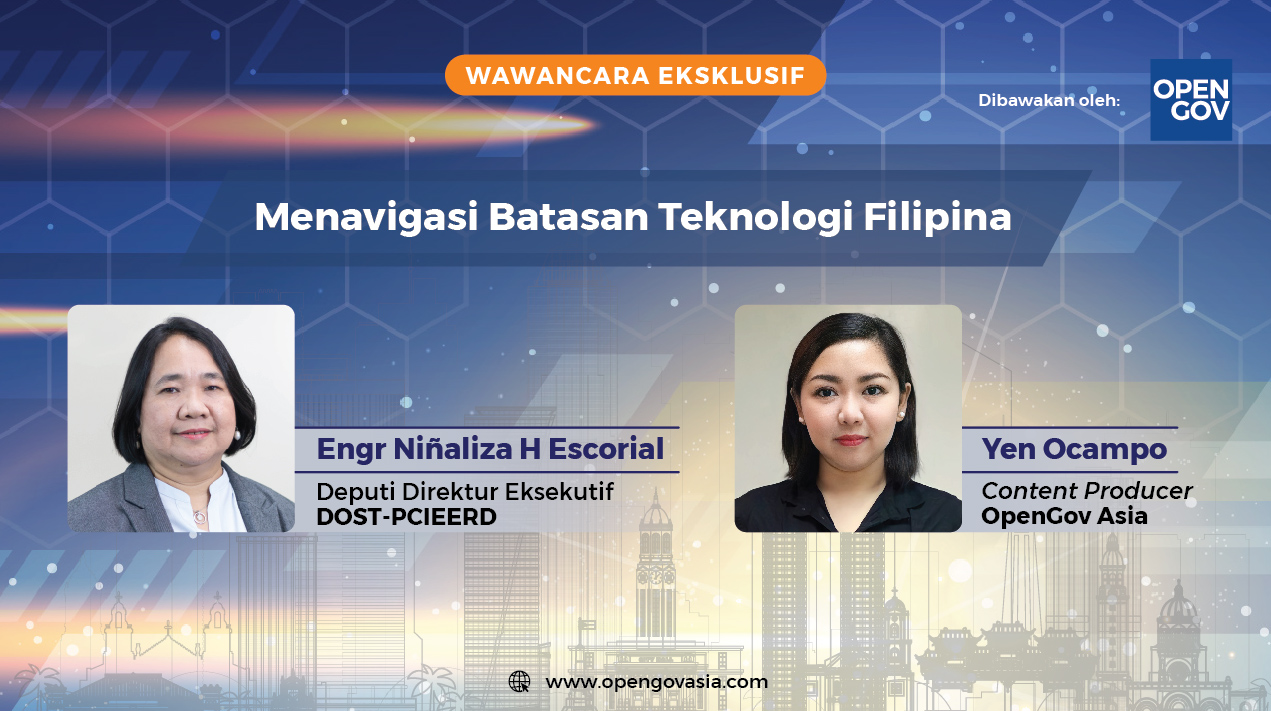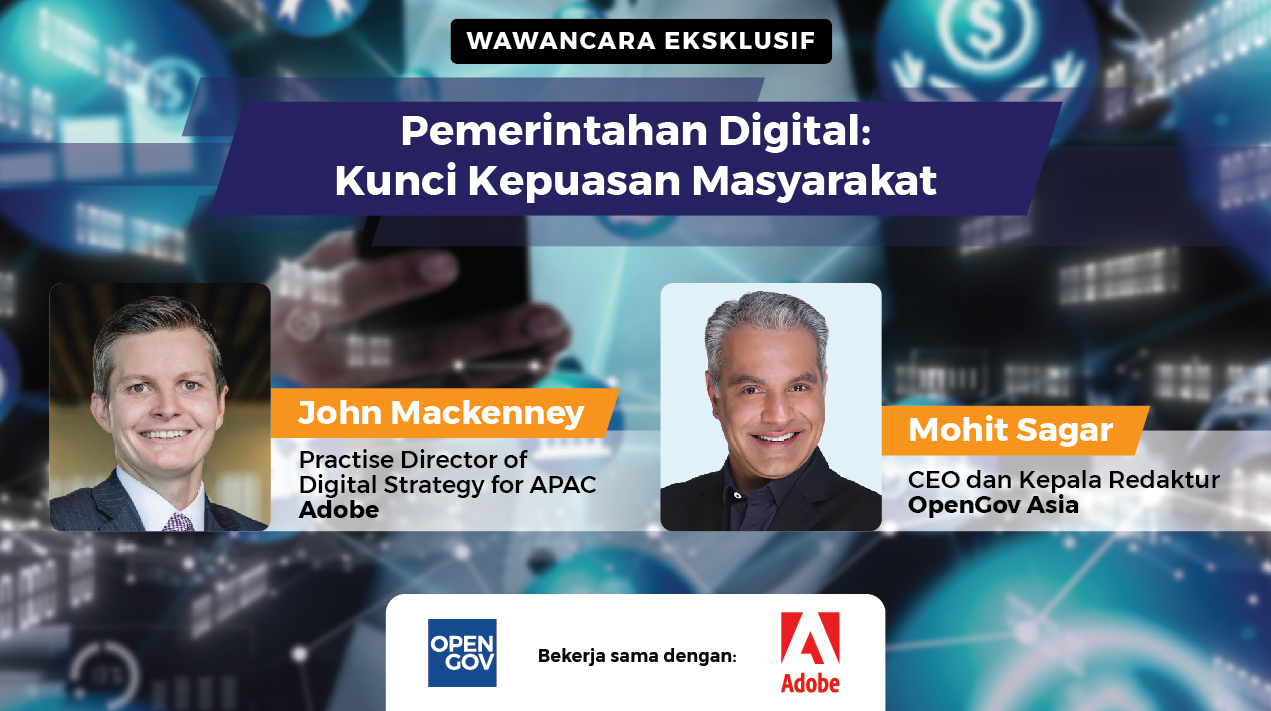![Part 4: Biometrics and Wearable Technology – the Inevitable Marriage? [OG PARTNER]](/wp-content/uploads/2018/09/59e6efec5220280001bb4ff9_wearables-and-biometrics-unisys-part4.jpg)
Part Four in a four part series.
The first three installments of this series looked at the market for wearable devices and how traditional and non-traditional biometrics can be used with current and emerging wearable technology (Read earlier installments: Part 1, Part 2, Part 3). This final installment examines the technological and sociological barriers confronting wearable biometrics and wraps-up the discussion with five predictions regarding the future of wearable biometrics.
Advanced sensors that measure geolocation, heart rate, breathing, body temperature, brain activity, muscle tension and blood chemistry will be capable of doing far more than simply proving our identity. The can also be used to answer questions such as…
- Are you lying?
- Are you under duress?
- Are you the parent of this child?
- Have you been smoking?
- Are you under the influence of drugs or alcohol?
- Have you left the house since 11pm last night?
- Have you visited Africa or South America in last ten days?
While this may be seen as a real benefit to some, others will undoubtedly view this as an unacceptable invasion of personal privacy.
Barriers facing the widespread adoption of biometrics in wearables
Besides being costly and admittedly geeky, wearable technology faces a number of barriers to widespread adoption.
Not the least of which is Privacy. Wearables allow a lot of biometric, audio and video data to be recorded – and ownership and ethical use of personal data collected by wearables is a complex area. The data captured by wearables may not only be used by the wearable vendor but also sold to other companies. And not all of the wearable technologies will have latest security functionality to protect the stored information against security breaches.
In our survey of biometrics professionals at the Biometrics Institute Asia Pacific Conference1 privacy concerns regarding access to biometric information stored on the cloud was cited as the most significant roadblock to incorporating biometrics into wearable technology (79%). Whereas technology, format and cost were not generally viewed as impediments.
Some wearables may be used to access or store sensitive company-related data. Wearables that are used in business facilities are yet another BYOD technology. Companies may not be aware what information employee owned wearables carry, thereby exposing the company to security risks.
Wearables also face other barriers to adoption, such as small screens/controls that hinder usability, body contact that some will find uncomfortable, short battery life, immature technology/applications and more.
When biometrics are added to wearable technology, privacy and personal information security becomes an even greater concern. And as described earlier, the biophysical data collected by biosensors can provide a very detailed and personal summary of a person’s activity, physical state and even emotional state. So the concepts of privacy and acceptable use are more important than ever.
Although the physical size limitations of wearable devices restricts the type of biometrics that can be used and the ease with which they can be used, new biometric modalities and sensor technology may overcome these limitations. But new and heretofore unproven technology always faces challenges due to immature technology and public misperceptions.
So what should we expect in the future for biometrics in wearable technology? It will likely be far different from what we may imagine, but here are my top five predictions for your consideration:
- Wearable biometrics will be characterized by lots of hype and failures over the next five years. No one will make money on wearable biometrics, but we will start to see the first generation of practical applications.
- Over the next five years, wearable biometrics will be restricted largely to traditional modalities (e.g., facial recognition) built into worn accessories (e.g., body worn cameras) and used primarily in applications like law enforcement and border security.
- Wearable biometrics will be widely accepted in the same way biometrics are generally accepted and used on smart phones today. There will always be a few vocal detractors, but the rapid pace of technology development and the transformational benefits offered mean that widespread adoption of wearable biometrics isn’t a question of “if”, but “when”.
- Intensive medical research in the area of biosensors and nanosensors will serve as the primary catalyst for a plethora of “non-traditional” biometric technologies – such as bioelectrical identification.
- Legislation governing privacy and acceptable use of wearable biometrics will increasingly lag behind the introduction of new technologies. This will exacerbate the problem of inconsistent laws in different jurisdictions. Apolitical organisations like the Biometrics Institute will play an increasingly important role in defining global standards and guidelines for wearable biometrics.
1Unisys surveyed 54 biometric professionals at the Biometrics Institute Asia Pacific Conference, 24-26 May 2016
First published at http://blogs.unisys.com/onpoint/part-4-biometrics-and-wearable-technology-the-inevitable-marriage/





















